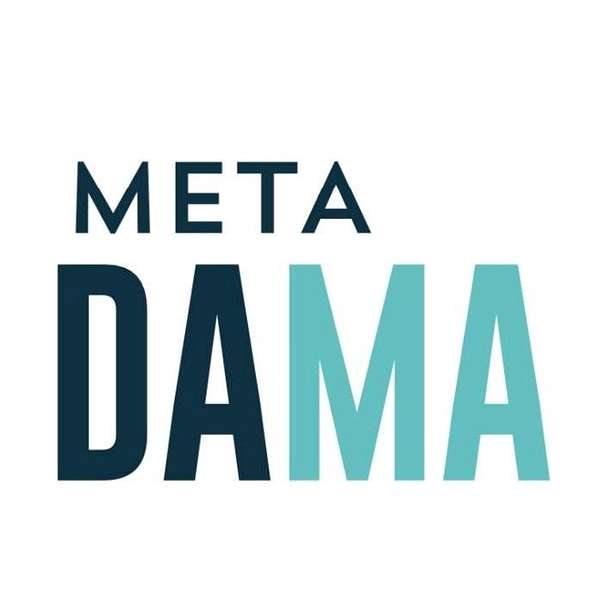
MetaDAMA - Data Management in the Nordics
This is DAMA Norway's podcast to create an arena for sharing experiences within Data Management, showcase competence and level of knowledge in this field in the Nordics, get in touch with professionals, spread the word about Data Management and not least promote the profession Data Management.
-----------------------------------
Dette er DAMA Norge sin podcast for å skape en arena for deling av erfaringer med Data Management, vise frem kompetanse og kunnskapsnivå innen fagfeltet i Norden, komme i kontakt med fagpersoner, spre ordet om Data Management og ikke minst fremme profesjonen Data Management.
MetaDAMA - Data Management in the Nordics
2#14 - Celine Xu - When ML meets Fashion (Eng)
«There is a fundamental conflict between the essence of fashion and Machine Learning.»
Fashion is always about change, innovation and identity. Whilst ML is good at making predictions based on historical patterns on those things, not change. How do those go together?
I had a fantastic chat with Celine Xu, who is Head Data Scientist at H&M Group, with a mixed background from Applied Mathematics and Business (MBA).
Here are my key takeaways:
Three things Data can achieve:
- Automation of systems, where we have a clear understanding ion the process.
- Sourcing, filtering, ranking of data input for decision making.
- Ad-hoc analysis of all kinds of AB testing or correlation relationship.
Focus for ML in Fashion
- «ML can be embedded across the supply chain from product design to customer.»
- H&M focuses ML on two areas:
- Future proof for customer experience: search experience, personalization, fashion inspiration, etc.
- Demand-driven supply chain: reduce cost and be more sustainable through demand forecasting, cruise control, logistic optimization
ML in Product Design (some examples)
- 3D modeling can make the customer more comfortable in a visual way, in choosing the right size.
- Digitalizing fashion sampling is an interesting use case.
- Early detection of format, color, etc. that can generate trends.
- Optimizing logistics and storage through demand forecasting.
- Shop assistance for employees, with sales data, inventory and warehouse information.
- Language to image: use of stable diffusion for design patterns, on the material level.
- H&M is experimenting with trending words on TikTok or Instagram and transferring them to production design.
- Focus is not in understanding a sentence or the sentiment behind it, but instead use hashtag or product description to find out, what are the trends and link those back to a certain garment feature.
- Purchasing records (when and where did you buy what) and web viewing records (devices uses, pages that lead you to your purchase, etc.) are vital pieces to collect for behavioral analysis.
The Challenges of ML on behavioral and cultural data
- ML models are often evaluated on ML metrics, like accuracy, recency, etc. but not really business metrics, like revenue, profitability, etc.
- You fashion taste is influenced by your music taste, your interior design, and so much more.
- GDPR or webside viewing regulation are limiting the data source availability.
- Even harder to get the data accurate on a granular level, eg. Do you buy for yourself or doing you purchased a gift?
- With a lot of different dimensions in the data, you need to balance the accuracy with the cost.
- ML is always learning from something that already happened. If a new situation accrues, there is a lack of information and data.
- The complexity of behavioral data increases bias.
- You could artificially enrich your data set, eg. by drawing conclusions from certain data like income, area of residence, etc.
- Emotional and temperament data (what value do you hold to your fashion) can be important data to provide for your model, but also as an indication how you would react to recommendations.
- A small decision in your model or source data can lead to a butterfly effect.
- In fashion the definition of style is vague. But when you want to quantify certain feature in ML.
- Fashion trends last around 3 months on SOME, but production time is around 6 months. So how can you react in time?
- Images of material can be deceiving. Camera angle, light etc can influence how the color is represented.
- Presentation of textile is hard, because only a limited number of different textiles can be identified by image only.
